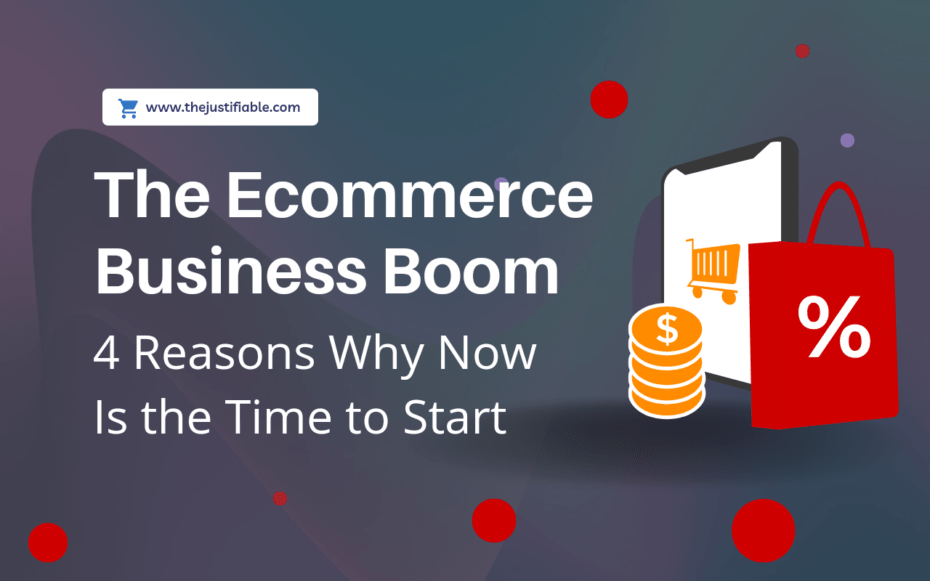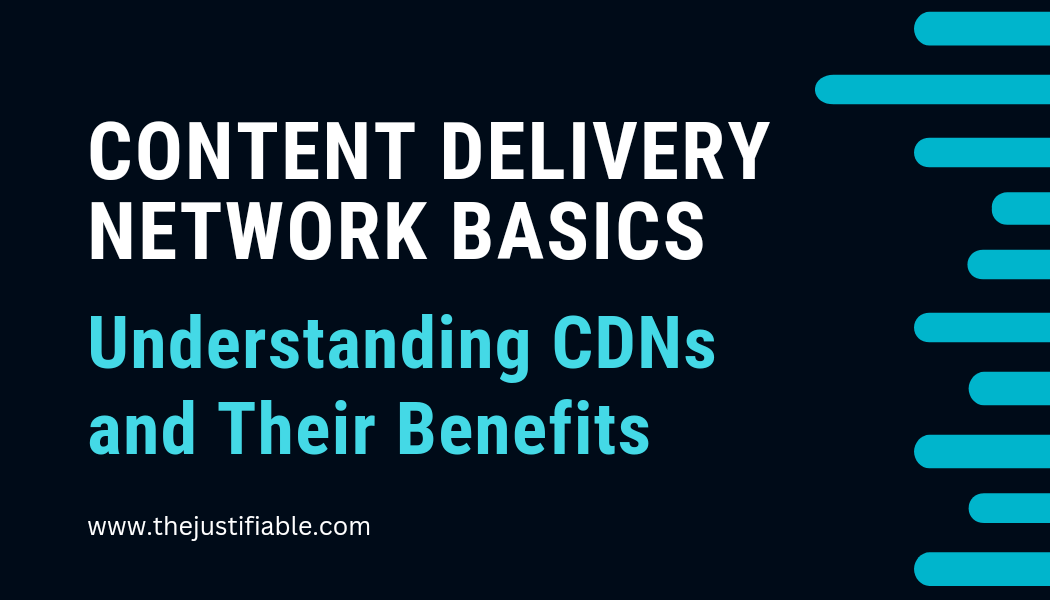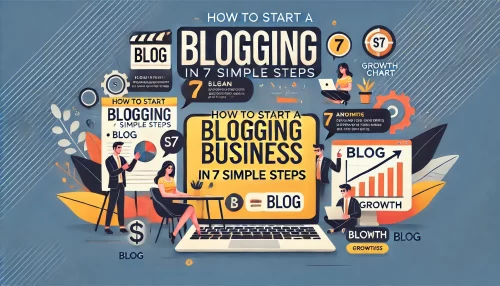Table of Contents
Ecommerce business is no longer just a buzzword—it’s a revolution. As we delve into the dynamic world of online commerce, it’s clear that this industry is not just thriving; it’s reshaping the way we buy and sell. Today, we’re witnessing a remarkable transformation, and understanding this ecommerce boom is crucial for anyone looking to dive into this lucrative market.
Understanding the Ecommerce Revolution
In the last few years, ecommerce has dramatically altered the landscape of retail and business. It’s not just about buying and selling online; it’s a new way of thinking about commerce. This revolution has brought with it a wave of technological advancements, consumer behavior shifts, and unprecedented opportunities for businesses of all sizes.
The allure of ecommerce lies in its accessibility and reach. With just a few clicks, businesses can connect with customers across the globe, breaking down traditional barriers of geography and time. This digital transformation has made it possible for even the smallest of businesses to tap into a global market, offering products and services to a diverse and expansive audience.
What is Ecommerce Business: A Brief Overview
So, what exactly is an ecommerce business? At its core, ecommerce involves buying and selling goods or services using the internet. It encompasses a variety of different business models, from online retailing and electronic marketplaces to online auctions and business-to-business (B2B) transactions.
The beauty of an ecommerce business lies in its versatility. Whether it’s a passionate entrepreneur selling handmade crafts from their living room or a large corporation reaching customers worldwide, ecommerce provides a platform for all. It’s a realm where creativity meets opportunity, and where innovative ideas can flourish without the constraints of a physical storefront.
The Current State of Ecommerce Markets Worldwide
Globally, the ecommerce market is experiencing explosive growth. This isn’t just a fleeting trend; it’s a reflection of a fundamental shift in consumer behavior and business strategies. In recent years, we’ve seen a significant increase in online sales, and this trajectory is only going upward.
Emerging technologies like AI, machine learning, and advanced analytics are playing a pivotal role in shaping the future of ecommerce. These technologies are not only enhancing the shopping experience for consumers but are also helping businesses optimize their operations and strategies.
The current state of ecommerce markets worldwide is a testament to the resilience and adaptability of this industry. Despite economic uncertainties and changing market dynamics, ecommerce has shown remarkable growth and potential. It’s a sector that’s not just surviving; it’s thriving.
Lets delve into the 4 reasons why now its time to start on the ecommerce business.
1. Unprecedented Growth in Online Shopping
In the ever-evolving landscape of retail, online shopping isn’t just growing; it’s fundamentally reshaping our buying habits. This shift is more than a trend—it’s a monumental leap in how commerce is conducted. The ecommerce business sector is witnessing unprecedented growth, making it an exciting time for entrepreneurs and established businesses to capitalize on the digital wave.
Statistics Show Surge in Ecommerce Sales
The numbers speak for themselves. Year after year, ecommerce sales have skyrocketed, consistently outpacing traditional retail growth. Recent studies reveal that global online sales have not just increased; they’ve soared to new heights, breaking records and exceeding forecasts. This surge is not confined to specific regions or countries—it’s a global phenomenon.
But what’s driving this impressive growth? The answer lies in a combination of factors: technological advancements, increasing internet penetration, and the rising comfort level of consumers in making online purchases. The convenience of shopping from anywhere, anytime, coupled with the wide variety of products available online, has contributed significantly to this surge.
Consumer Behavior Shifts: Why Online is the New Norm
The digital era has ushered in a new norm in consumer behavior. Today’s consumers are more informed, tech-savvy, and comfort-seeking than ever before. They crave convenience, speed, and a personalized shopping experience, all of which are hallmarks of online shopping.
This shift isn’t just about convenience; it’s also about the experience. Ecommerce platforms have mastered the art of creating engaging, user-friendly experiences that attract and retain customers. From personalized recommendations to hassle-free return policies, online shopping offers a level of comfort and personalization that traditional retail struggles to match.
Moreover, social media and digital marketing have brought products to consumers in a more engaging and interactive way. Influencers, online reviews, and social media shopping features have bridged the gap between discovering products and making purchases, further ingraining online shopping into our daily lives.
2. Advancements in Technology Enhancing Ecommerce
In the dynamic world of ecommerce, technology isn’t just an enabler; it’s a game-changer. The landscape of online shopping is being constantly reshaped by groundbreaking technological advancements. These innovations are not just improving the way we shop online; they’re redefining the entire ecommerce experience, making it more efficient, personalized, and engaging.
Cutting-Edge Ecommerce Platforms and Tools
At the forefront of this transformation are cutting-edge ecommerce platforms and tools. These platforms have evolved from mere shopping interfaces to sophisticated ecosystems that offer a seamless blend of shopping, marketing, and customer service. The modern ecommerce platforms are equipped with advanced features like responsive design, integrated payment gateways, and robust security protocols, ensuring a smooth and secure shopping experience.
But it’s not just about the technical capabilities. These platforms are also focusing on user experience, offering intuitive navigation, engaging content, and a visually appealing layout. This focus on aesthetics and usability is crucial in attracting and retaining customers in a highly competitive online marketplace.
Furthermore, tools for analytics, customer relationship management (CRM), and inventory management are revolutionizing how businesses operate. They provide invaluable insights into customer behavior, market trends, and operational efficiency, allowing businesses to make data-driven decisions and stay ahead in the game.
How AI and Machine Learning are Revolutionizing Online Shopping
Perhaps the most exciting development in ecommerce technology is the integration of Artificial Intelligence (AI) and Machine Learning (ML). These technologies are not just buzzwords; they’re revolutionizing the way we shop online.
AI and ML are enabling personalized shopping experiences at an unprecedented scale. From personalized product recommendations to tailored marketing messages, AI is helping businesses understand and cater to the individual preferences of their customers. This personalization leads to higher engagement, customer satisfaction, and, ultimately, loyalty.
Moreover, AI is enhancing operational efficiency in ecommerce. Chatbots and virtual assistants powered by AI are providing instant customer service, while predictive analytics are helping businesses forecast trends and manage inventory more effectively. Machine Learning algorithms are continuously learning from data, improving the accuracy of recommendations, search functionality, and fraud detection.
3. Wider Market Accessibility and Global Reach
The rise of ecommerce has not just been about selling online; it has been about opening up the world. Today’s ecommerce business is breaking down borders, offering wider market accessibility and a global reach that was once unimaginable for small businesses. This expansion is not just a luxury; it’s a necessity in the interconnected world we live in.
Leveraging the Internet for Global Market Penetration
Leveraging the internet for global market penetration has become a cornerstone strategy for businesses of all sizes. With the digitalization of commerce, geographical limitations have become a thing of the past. The internet is a powerful tool that allows businesses to reach customers across continents, offering their products and services to diverse cultures and markets.
This global reach is particularly transformative for small and medium-sized enterprises (SMEs). The digital marketplace levels the playing field, allowing these smaller players to compete with larger corporations. By utilizing online platforms, SMEs can showcase their offerings to a global audience, tapping into markets that were previously inaccessible.
The key to successful global market penetration lies in understanding and adapting to different market dynamics. This includes cultural nuances, consumer preferences, and local regulations. The internet, coupled with the right ecommerce strategies, provides businesses with the resources to research, understand, and adapt to these diverse markets.
Small Businesses Going Global
The power of ecommerce in enabling global reach is best illustrated through success stories of small businesses that have gone global. From artisanal craft makers to niche product manufacturers, numerous small businesses have harnessed the power of the internet to expand their horizons.
These success stories often begin with a unique product or service, followed by a strategic online marketing plan to reach international audiences. Through ecommerce platforms, social media marketing, and digital advertising, these businesses have managed to build a global customer base. They’ve not only increased their sales but also enhanced their brand recognition on an international scale.
Moreover, these success stories highlight the importance of customer engagement and experience in global markets. Businesses that prioritize customer service, including offering localized content and support, tend to excel in their global expansion efforts.
4. Cost-Effective Business Model with High ROI
In today’s fast-paced digital world, the ecommerce business model stands out as a beacon of cost-effectiveness and high return on investment (ROI). This model has revolutionized the way businesses operate, offering a pathway to profitability that is often more accessible and sustainable compared to traditional retail.
Comparing Ecommerce and Traditional Retail Costs
When we dive into the cost structures of ecommerce versus traditional retail, the differences are stark. Traditional retail is often burdened with substantial overheads, including rent for physical space, utilities, and a larger workforce. These fixed costs can eat into profit margins, making it challenging for businesses to achieve a high ROI.
Ecommerce, on the other hand, drastically reduces these overheads. Without the need for physical storefronts, businesses can save on rent and associated costs. Additionally, ecommerce operations often require fewer staff members, further reducing expenses. This leaner cost structure allows for more flexibility and agility in business operations.
Moreover, the scalability of ecommerce is a game-changer. Online businesses can expand their reach and inventory without the proportional increase in costs that traditional retail faces. This scalability not only helps in managing expenses but also opens up avenues for exponential growth.
Maximizing Profits with Strategic Ecommerce Practices
Maximizing profits in the ecommerce realm goes beyond just reducing costs. It involves strategic practices that leverage the unique advantages of digital platforms. One key strategy is the use of data analytics. Ecommerce businesses have access to a wealth of data that can inform decision-making, from optimizing marketing campaigns to personalizing the customer experience. This data-driven approach can lead to higher conversion rates and customer loyalty.
Another strategic practice is efficient supply chain management. Ecommerce allows for innovative approaches to inventory management, such as dropshipping or just-in-time inventory, which can significantly reduce the costs associated with warehousing and logistics.
Moreover, ecommerce businesses can tap into global markets more easily than traditional retail, broadening their customer base without a proportionate increase in marketing and operational costs. This global reach, combined with effective digital marketing strategies, can result in a significant boost to sales and profits.
Overcoming Common Challenges in Ecommerce
Navigating the ecommerce landscape is an exciting journey, but it’s not without its challenges. As the ecommerce business continues to flourish, addressing these challenges head-on is crucial for sustainable success. Understanding and overcoming these obstacles can set your business apart in the competitive digital marketplace.
Addressing Security Concerns in Online Transactions
Security concerns in online transactions are a major hurdle in the ecommerce space. In an era where data breaches and online fraud are increasingly common, ensuring the security of customer data is paramount. The key to overcoming this challenge lies in implementing robust security measures and continuously updating them to stay ahead of potential threats.
Employing secure payment gateways is the first step towards building a secure ecommerce platform. These gateways should not only be compliant with industry standards like PCI DSS but also offer encryption and secure socket layer (SSL) technology to protect sensitive data. Additionally, incorporating two-factor authentication and regular security audits can significantly reduce the risk of breaches.
Educating customers about security measures is equally important. Transparent communication about how their data is protected helps in building trust. This involves clear privacy policies, regular updates about security practices, and tips on how they can safeguard their personal information.
Effective Strategies to Boost Customer Trust and Retention
In the competitive world of ecommerce, winning customer trust and ensuring their retention is vital. Trust is the foundation of customer loyalty, and it can be cultivated through consistent and genuine engagement. The goal is to create an ecommerce experience that resonates with customers, making them feel valued and secure.
Personalization is a powerful tool in building customer trust. Tailoring the shopping experience to individual preferences and behaviors can make customers feel understood and appreciated. This can be achieved through personalized recommendations, targeted marketing, and responsive customer service.
Another strategy is to foster community engagement. Creating a sense of community around your brand can be highly effective in retaining customers. This can be done through social media engagement, customer reviews, and forums where customers can interact and share experiences.
Moreover, a transparent and customer-friendly return policy is crucial in building trust. Customers are more likely to purchase from an ecommerce platform that offers easy returns and exchanges. This policy should be clearly communicated and easily accessible on your website.
Conclusion: Seizing the Ecommerce Opportunity
As we navigate through the dynamic world of digital commerce, it’s evident that the ecommerce business is not just a fleeting trend; it’s a transformative force reshaping the landscape of buying and selling. This evolution presents a wealth of opportunities for those ready to embrace the change and innovate. The conclusion is clear: there’s no better time than now to seize the ecommerce opportunity.
Why There’s No Better Time Than Now
The current market conditions are ripe for entering the world of ecommerce. The exponential growth in online shopping, fueled by advancements in technology and changes in consumer behavior, has created an environment where new and innovative ecommerce businesses can thrive.
The digital era has leveled the playing field, giving small and medium-sized businesses access to a global audience. With the plethora of tools and platforms available, launching and managing an online business has never been more accessible. Furthermore, the shift towards online shopping is not just a temporary response to recent global events; it’s a permanent change in the consumer mindset, favoring the convenience and variety that ecommerce offers.
Moreover, the ongoing advancements in technology, such as AI, machine learning, and data analytics, provide unprecedented insights and tools to personalize and enhance the customer experience. This technological edge enables even the smallest ecommerce startups to compete effectively with larger players.
Next Steps for Aspiring Ecommerce Entrepreneurs
For aspiring ecommerce entrepreneurs, the journey begins with understanding the market and identifying a niche. Researching current trends, consumer needs, and gaps in the market is crucial. The next step involves crafting a unique value proposition that sets your business apart from competitors.
Building a robust online presence is essential. This includes a user-friendly website, effective SEO strategies, and a strong social media presence. Utilizing ecommerce platforms that align with your business model and target audience can significantly ease the process of setting up and managing your online store.
Additionally, focusing on building a strong brand identity and customer relationship is key. This involves not just selling a product or service, but creating an experience that resonates with your audience. Engaging content, excellent customer service, and a community around your brand can go a long way in building loyalty and trust.






